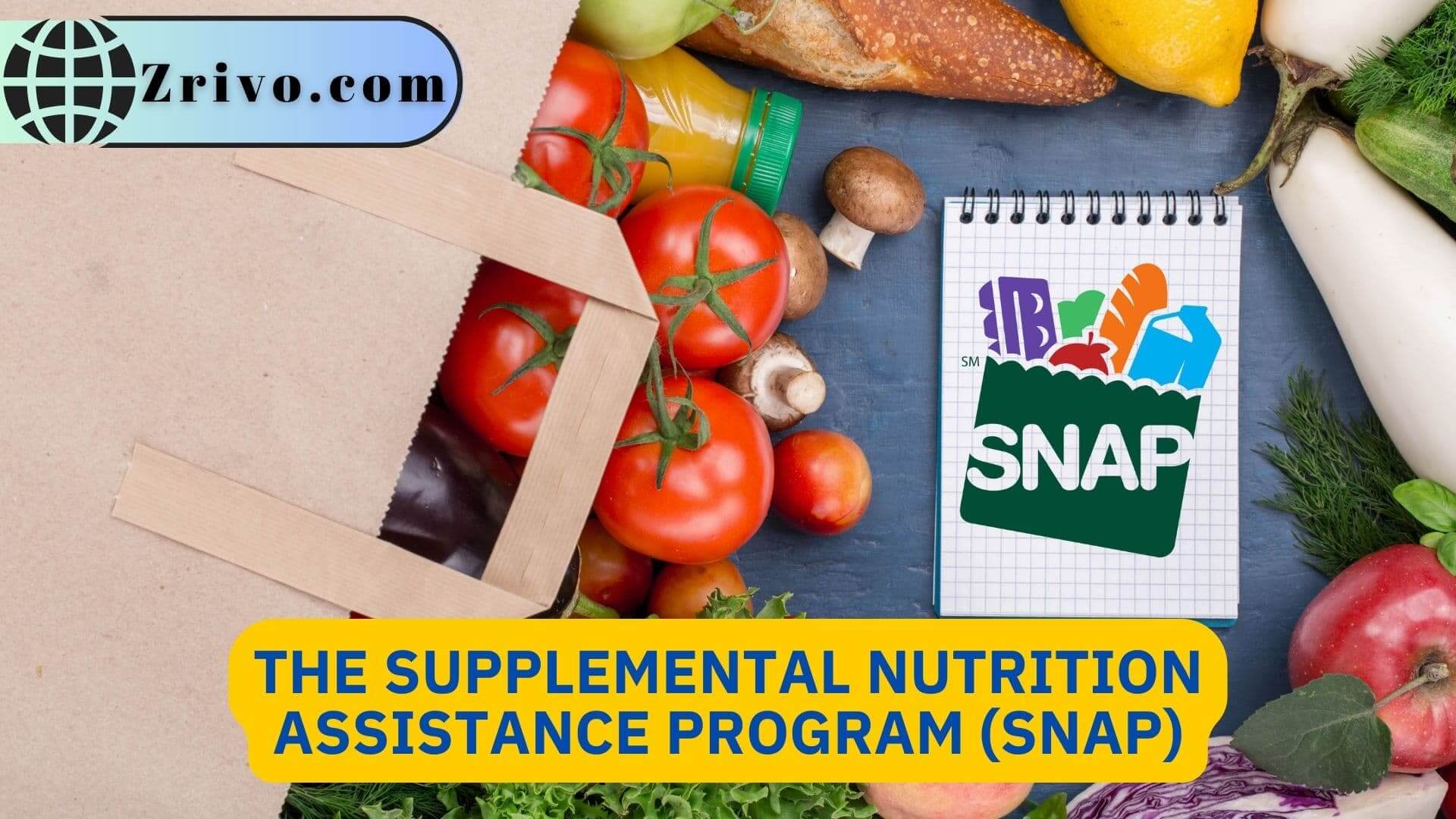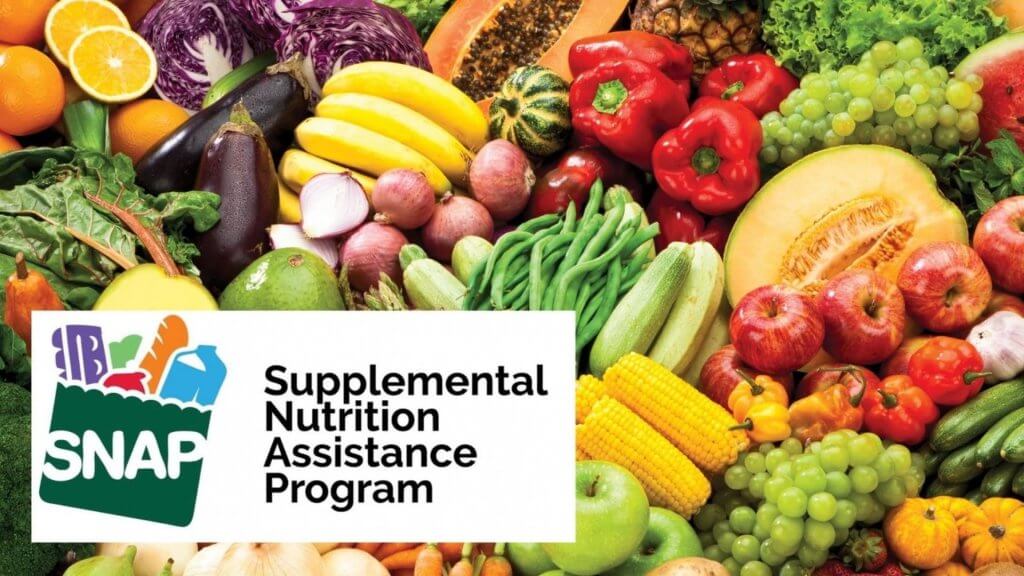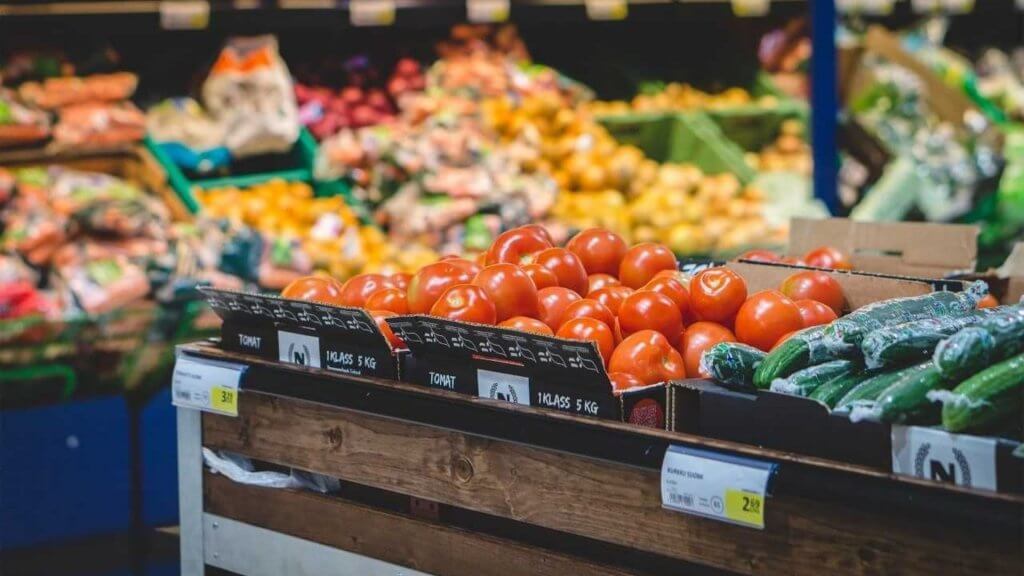
The Supplemental Nutrition Assistance Program (SNAP) is a federal program that provides nutrition assistance to low-income individuals and families in the United States. Formerly known as the Food Stamp Program, SNAP provides eligible participants with an Electronic Benefits Transfer (EBT) card that can be used to purchase food at authorized retailers. The program’s goal is to reduce hunger and malnutrition by providing access to healthy and nutritious food options for those who cannot afford it. Eligibility for SNAP is determined based on income, household size, and other factors. The United States Department of Agriculture (USDA) and state agencies administer the program.
The Supplemental Nutrition Assistance Program (SNAP) aims to provide food assistance to individuals and families in need. The program aims to reduce food insecurity and malnutrition among low-income households by helping them purchase nutritious food. SNAP promotes good health and well-being while reducing poverty and hunger by providing access to healthy food options.
SNAP Eligibility
Eligibility for SNAP is determined based on several factors, including income, household size, and other resources. To qualify for SNAP, applicants must have a household income below a certain threshold, which varies by state and household size. Additionally, certain resources, such as bank accounts and vehicles, may also be considered when determining eligibility. In general, to be eligible for SNAP, applicants must be U.S. citizens or legal non-citizens and reside in the state where they are applying.

SNAP Benefits:
SNAP benefits are provided on an Electronic Benefits Transfer (EBT) card, which works similarly to a debit card. Benefits can be used to purchase eligible food items at authorized retailers, including grocery stores and farmers’ markets. Eligible food items include fruits, vegetables, meat, dairy, bread, and cereal. A household’s benefits are based on income, household size, and expenses, with the average monthly benefit amount being approximately $130 per person.
SNAP Application Process
The application process for SNAP varies by state. Generally, it involves submitting an application online, by mail, or in person at a local SNAP office. Applicants must provide information about their income, household size, expenses, and proof of identity and residency. Some states may also require an interview as part of the application process. Once an application is approved, benefits are typically provided within 30 days, and participants must recertify their eligibility every 6 to 12 months.

FAQs
Who is eligible for SNAP?
Eligibility for SNAP is based on several factors, including income, household size, and other resources. Applicants must have a household income below a certain threshold, which varies by state and household size. Additionally, certain resources, such as bank accounts and vehicles, may also be considered when determining eligibility.
How do I apply for SNAP?
The application process for SNAP varies by state but generally involves submitting an application online, by mail, or in person at a local SNAP office. Applicants must provide information about their income, household size, expenses, and proof of identity and residency. Some states may also require an interview as part of the application process.
What can I buy with SNAP benefits?
SNAP benefits can be used to purchase eligible food items at authorized retailers, including grocery stores and farmers’ markets. Eligible food items include fruits, vegetables, meat, dairy, bread, and cereal.
How much in benefits can I receive?
A household’s benefits are based on income, household size, and expenses, with the average monthly benefit amount being approximately $130 per person.
How often do I need to recertify my eligibility for SNAP?
Depending on the state, participants must recertify their eligibility for SNAP every 6 to 12 months. Recertification involves providing updated information about income, expenses, and household size.
Can I receive SNAP benefits if I am a college student?
College students may be eligible for SNAP if they meet the program’s eligibility requirements, including income and resource limits. However, certain restrictions apply, such as limitations on the number of hours worked per week and the number of credit hours enrolled per semester.
Is SNAP available in all states?
SNAP is available in all 50 states, the District of Columbia, Guam, Puerto Rico, and the U.S. Virgin Islands.